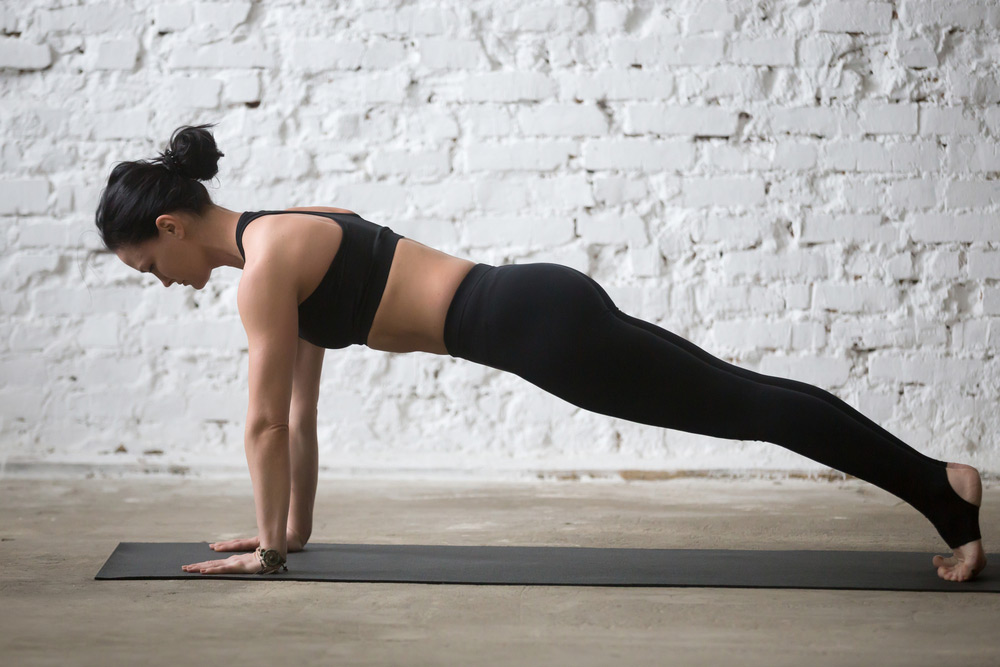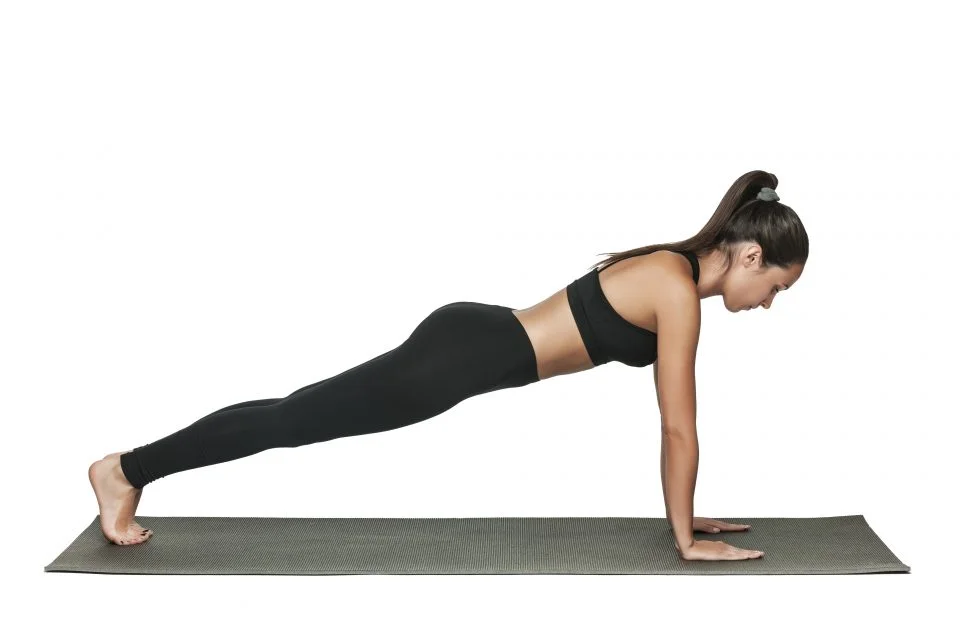It is likely that you are experiencing a greater sense of relaxation if you have performed the "downward dog" yoga posture today. No matter how experienced you are in yoga, if you practice it on a daily basis, you will be able to experience a sense of improvement from head to toe.
Everyone, regardless of age, may reap the advantages of yoga for both their physical and emotional wellbeing. Furthermore, whether you are undergoing treatment for an illness, recuperating from surgery, or living with a chronic disease, yoga has the potential to become an essential component of your therapy and could even speed up the healing process.
A therapist who specializes in yoga may collaborate with patients to develop tailored treatment programs that are compatible with the medical and surgical treatments they are receiving. As a result, yoga may be a useful tool for facilitating the healing process and assisting individuals in experiencing symptoms with more sense of centering and less discomfort.
1. Yoga improves strength, balance and flexibility.

Holding a position for a longer period of time may help improve strength, while slow movements and deep breathing can boost blood flow and raise muscle temperature. It is possible to maintain balance by standing on one foot while holding the other foot at a right angle to your calf or above your knee (but never on the knee). For the duration of one minute, you should make an effort to concentrate on a single point in front of you.
2. Yoga helps with back pain relief.
Yoga is as good as basic stretching for easing pain and improving mobility in people with lower back pain. The American College of Physicians recommends yoga as a first-line treatment for chronic low back pain.
Make sure that your hands are placed beneath your shoulders and that your knees are placed underneath your hips. Get down on all fours. In the beginning, take a deep breath in while you let your stomach to sink toward the ground. The next step is to exhale while drawing your navel toward your spine and arching your spine in a manner similar to how a cat would stretch.
3. Yoga can ease arthritis symptoms.
Gentle yoga has been shown to ease some of the discomfort of tender, swollen joints for people with arthritis, according to a Johns Hopkins review of 11 recent studies.
4. Yoga benefits heart health.
Regular yoga practice may reduce levels of stress and body-wide inflammation, contributing to healthier hearts. Several of the factors contributing to heart disease, including high blood pressure and excess weight, can also be addressed through yoga. Get on all fours, then tuck your toes under and bring your sitting bones up, so that you make a triangle shape. Keep a slight bend in your knees, while lengthening your spine and tailbone.
5. Yoga relaxes you, to help you sleep better.
Getting into the appropriate frame of mind and getting your body ready to go asleep and remain asleep may be facilitated by participating in a regular yoga practice before bedtime, according to research. You should begin by sitting with your left side against a wall. After that, move your body to the right and pull your legs up so that they are resting on the wall. Ensure that your back remains on the floor and that your sitting bones remain near to the wall. You are able to maintain this posture for anywhere between five and fifteen minutes.
6. Yoga can mean more energy and brighter moods.
You may feel increased mental and physical energy, a boost in alertness and enthusiasm, and fewer negative feelings after getting into a routine of practicing yoga.
7. Yoga helps you manage stress.
As stated by the National Institutes of Health, there is scientific data that demonstrates the benefits of yoga for the management of stress, mental health, mindfulness, good eating, weight reduction, and quality sleep. Place yourself in a supine position with your palms facing upward and your limbs being gently extended out away from your body. Make an effort to refocus your thoughts while taking deep breaths. Keep this stance for anywhere between five and fifteen minutes.
8. Yoga connects you with a supportive community.
Participating in yoga classes can ease loneliness and provide an environment for group healing and support. Even during one-on-one sessions loneliness is reduced as one is acknowledged as a unique individual, being listened to and participating in the creation of a personalized yoga plan.
9. Yoga promotes better slf-care. ( Scientific Research on Yoga Benefits )
Several significant institutions, like the United States military, the National Institutes of Health, and others, are paying attention to and implementing scientific confirmation of the benefits that yoga offers in the field of health care. Many studies have shown that yoga is beneficial for a variety of conditions, including osteopenia, arthritis, balance problems, cancer, women's health, chronic pain, and other conditions.

